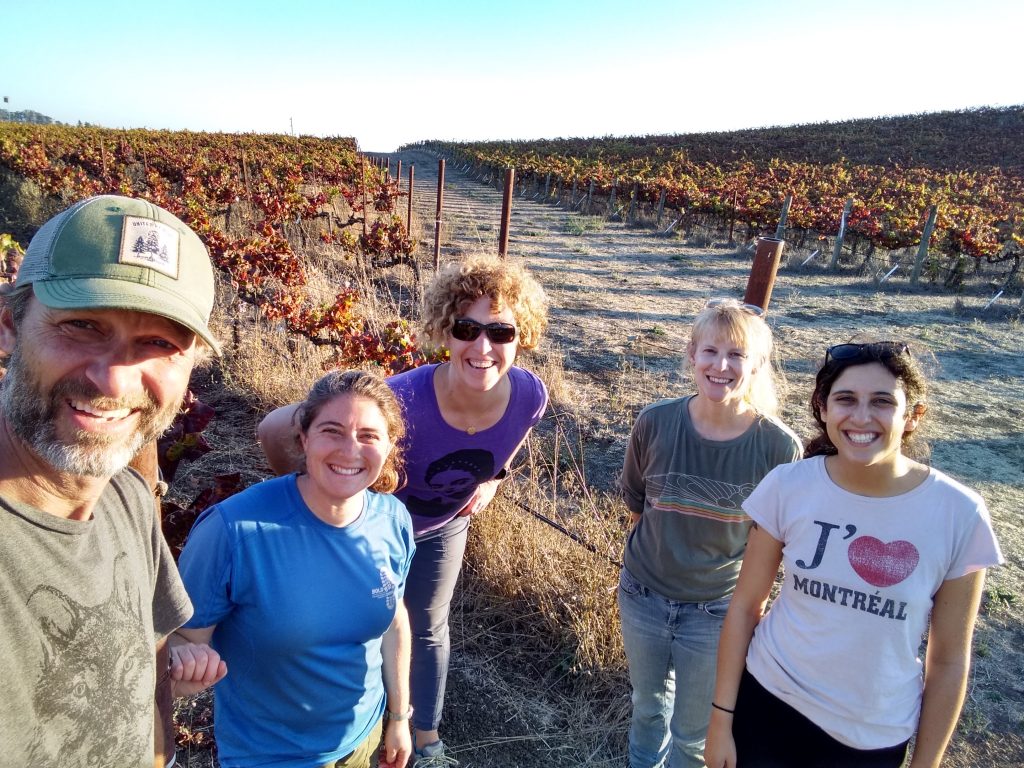The AFC v 1.0 is being field tested at the Whale Point meteorological station at Big Creek Reserve. This device senses environmental conditions including visibility with a MiniOFS to detect fog events, open the doors to the chamber, and turn on the fan which pulls fog across the strands.

















